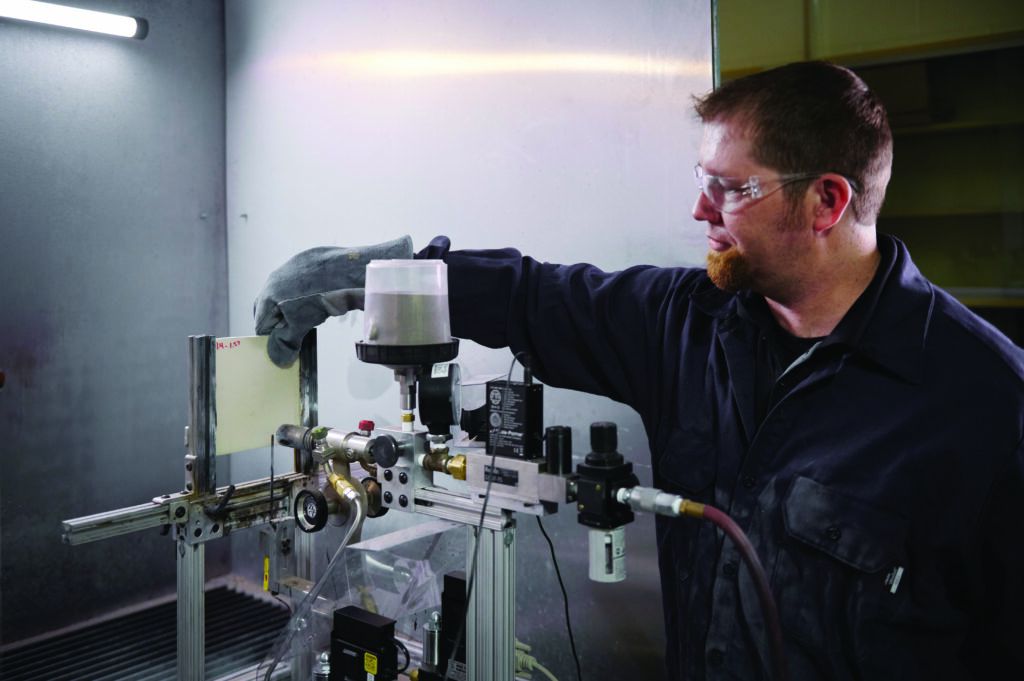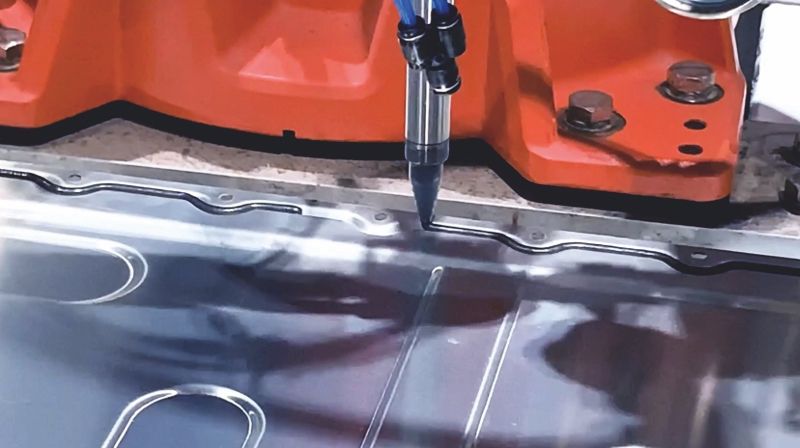In an trade transferring at tempo, thermal administration, cushioning, and sealing applied sciences are redefining how battery packs are designed, assembled, and guarded.
Responding to the elevated complexity in battery pack design as a result of evolution of EVs and hybrids, science-based innovator, 3M, designs and manufactures barrier supplies, cushioning supplies, and sealants.
With a portfolio that features thermal runaway boundaries, cushioning foams, sealants, and extra, the worldwide firm is addressing important points comparable to thermal administration, battery pack meeting, price discount, and manufacturing effectivity.
One of the vital urgent issues in Li-ion battery programs is thermal runaway. To assist tackle this design problem, the corporate provides its 3M Thermal Runaway Barrier 600/700 Sequence, which comprise a compressible, flame-resistant, thermal insulation mat materials. Able to withstanding temperatures as much as 1,200°C, these preserve structural integrity even in excessive environments.
Anja Rohmann is a complicated software engineering specialist. She says, “The mat options non-classified fibers, has good flame resistance, and is designed to assist decelerate warmth switch from one cell to the subsequent. And each sequence might be utilized between cells to assist scale back thermal transport in excessive temperatures.”

Rohmann explains {that a} key problem in battery pack meeting is sustaining constant stress inside the battery whereas absorbing mechanical stresses and vibrations. 3M Cell Enlargement Foam SJCEF is a flame-retardant microcellular polyurethane foam that meets this want. Its self-tacky properties scale back course of steps and meeting time, serving to to streamline operations. Rohmann provides, “It options customizable compression plateau for constant battery stress and is available in a variety of thicknesses, which suggests the fabric can accommodate a number of battery designs with out compromising efficiency,” making it perfect for each EV and hybrid purposes.
Battery enclosures have to be sealed to stop moisture ingress, shield inside elements, and allow future serviceability. 3M Sealant SZ1000 for EV Enclosure Sealing is a two-part, cure-in-place foam sealant designed to fulfill these buyer wants. Providing flame retardancy, wonderful growing old sturdiness, and automatic dishing out compatibility, it helps producers to satisfy strict enclosure specs whereas sustaining manufacturing throughput. Rohmann explains that whether or not utilized in EVs or hybrids, the sealant performs a important function in sustaining long-term battery pack integrity in various environmental situations.
In response to Rohmann, product growth within the battery sector is something however static. Certainly, OEMs are frequently refining their designs to satisfy shifting efficiency, price, and security targets. She feedback, “The shopper develops and optimizes their battery designs very dynamically in response to continuously altering challenges from the trade. This will generally be very short-term. Our expertise is essential in anticipating sure materials properties or incorporating them prematurely.” This speedy iteration cycle presents a problem for materials suppliers, however 3M is ready to stay agile with out sacrificing high quality or reliability.
3M’s strategy to innovation hinges on direct engineer-to-engineer collaboration; that is what the corporate refers to as ‘bench-to-bench’ growth, upon which Rohmann expands: “Shut collaboration with the OEM is essential for the success of growth. As soon as key alternatives are recognized, having engineers sit down and discuss via technical challenges permits everybody to grasp the place the ache factors are. Typically these are within the product idea, generally in tips on how to combine an progressive thought into the manufacturing course of. Via shut collaboration, each events have the chance to be taught in regards to the feasibility, growth potential, and limitations of one another.”

Certainly, it’s right here when an OEM’s challenges turn into 3M’s challenges. “A main concern of OEMs is price discount,” she says, including, “Lowering the price of battery packs to make electrical automobiles and different purposes extra inexpensive is a significant problem.” This, she reveals, entails optimizing manufacturing processes and materials utilization, as effectively balancing efficiency with materials and manufacturing prices.
After which there are challenges related to thermal administration. As power density will increase, so does the problem of larger warmth launch. “Effectively managing the warmth generated to handle security and efficiency is important,” she displays, mentioning that superior supplies with excessive thermal stability and low conductivity are at present being developed by 3M to handle this.
Whereas early battery pack designs targeted on single-purpose supplies, over time the trade has shifted to multi-purpose supplies, as Rohmann explains, “With larger give attention to car affordability and industrialization, OEMs are on the lookout for options that not solely meet the applying objectives, however accomplish that in a manner that may be simply built-in into their manufacturing processes.” She reveals that OEMs are additionally on the lookout for materials options that assist tackle a number of necessities distinctive to the brand new chemistry and kind elements which can be in the marketplace.
“Within the case of thermal runaway boundaries, which means that the necessities for the chosen supplies nonetheless want to stay extraordinarily excessive by way of thermal stability, however they need to now additionally supply wonderful elasticity and prolonged sturdiness.” This nuanced steadiness of properties requires a deep understanding of supplies science and steady suggestions from real-world purposes, one thing which 3M is uniquely positioned to perform.
It’s plain that security and environmental rules are additionally shaping product growth, as Rohmann feedback, “Rules for EVs and thermal occasions are designed to assist tackle security, efficiency, and environmental compliance.”

Right here, environmental mandates, such because the EU Battery Directive and Finish-of-Life Automobile Directive, are influencing designs by encouraging using supplies that may assist with disassembly and recycling. These elements are included into the corporate’s R&D plans to take care of future-ready options.
Whereas EV and hybrid battery packs face totally different challenges, comparable to power density for EVs and ICE integration for hybrids, many options might be shared or complementary between platforms. Advances in battery know-how, thermal administration, and management programs for one kind can usually be tailored for the opposite,” says Rohmann “and enhancements in manufacturing effectivity and price discount methods can profit each full EVs and hybrids.”
This cross-pollination of concepts and applied sciences is what’s going to allow strong, versatile options which can be able to addressing the total spectrum of EV necessities. “By addressing these challenges with progressive options and leveraging synergies between full EV and hybrid applied sciences, we are able to improve the efficiency and competitiveness of each varieties of automobiles,” Rohmann concludes.


